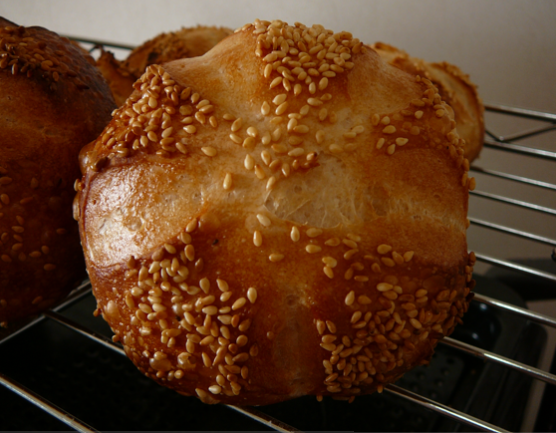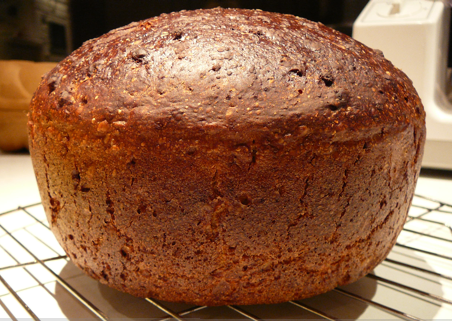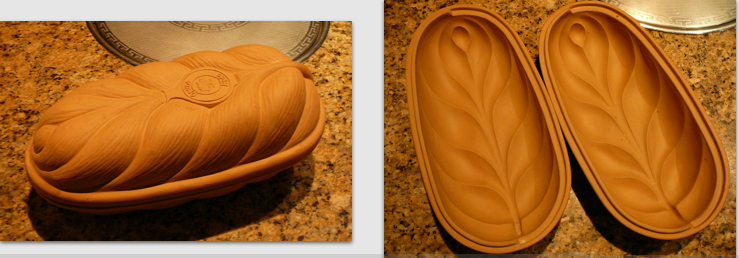longevity of yeast
I've been slowly brewing away with some thoughts over the years.... Starters and their differences. Why is it that sometimes a weak rising sourdough starter culture will bounce back quickly (too quickly) and suddenly "stabilize" after chilling or a near death experience?


